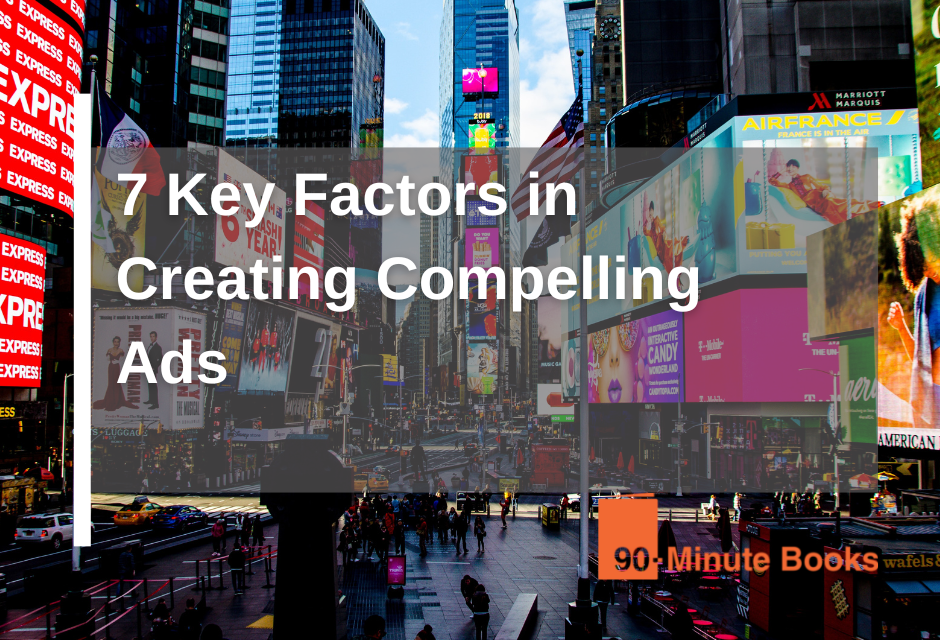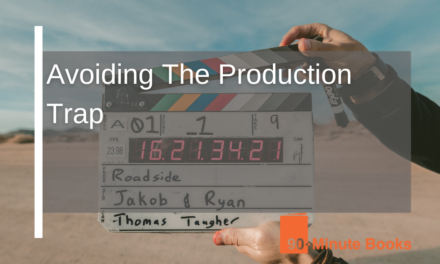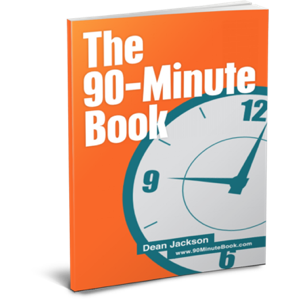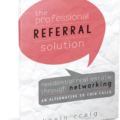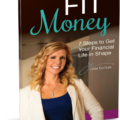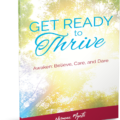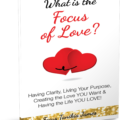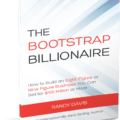Today we will discuss some key factors when creating a compelling ad. and how to use that framework to help create or promote your book.
Whenever you come across a framework, it’s an excellent opportunity to use it through the lens you want. This works for any framework, even if it doesn’t directly apply to your subject. By altering the words slightly or changing the context to better match yours, using a different framework can be a great way to prompt yourself to answer questions you may not have previously thought of.
Focus on a Single Target Market
If you do not have a specific target market you wish to impact, at the least, your message should either be narrowed down to one topic. This is better than producing a generic book.
So, picking that single target market not only does it help people identify themselves or resonate with the thing you’re offering, but it also makes it more straightforward to create all the other parts of the puzzle.
Create an Engaging Headline
The second one on the list then is an engaging headline. In this, ‘engaging’ is the key term. And so, as we’re thinking about books, this correlates with a title. In this, ‘engaging’ is the key term.
Use compelling words in the title that have an element of passion. It should be based on outcomes rather than problems around solution and success and the promise of what could be rather than just identifying or building on an issue.
Have a Compelling Offer
This is the back cover copy and our next steps in a book sense. So the whole purpose of the book you’re writing in the context we’re talking about is identifying invisible leads and compelling them to take the next step.
That next step is defined in the kind of closing chapter. The next step is the back of a copy. And we want to give people an easy unambiguous way of taking it to the next stage.
We often say that the best way to think about a book like this is to start a conversation and answer one particular point as sincerely as possible while understanding that there are always other things to discuss. There are always more pieces of the puzzle. And allowing people to access that information as, “Here’s what to do next,” is the best way to build it in.
Provide Valuable Information
So, we don’t want it just to look like valuable information; we want it to be helpful information. So, sometimes we’ll be talking to people, and they’ll want to hold some information back, or they’ll want to indicate that there’s more information.
But to get that answer, you need to work with me to find out what it is. The much better way of doing it is to put the complete solution, as much as possible, into the content so that the reader has the promise that the title is entirely delivered by the book. There’s no concept of holding back.
Use Conversational Language
This a Trap people fall into often. Using complicated or technical language only confuses the reader rather than enlightens them.
The nature of the typical 90 Minute books is a shorter book, a book that’s to the point, a book that answers a question. Conversational language is compelling; it makes the content more accessible. People will resonate with your words more.
The whole premise is that this is an opportunity to get inviting a kind of behind-the-scenes conversation with an expert who knows more about the subject than you do. It would be like, imagine that you were listening in on a conversation that is happening around a kitchen table at home where an expert friend is sharing with the hosts the answer, different than a lot of people writing, which makes it stand out and stand out in an accessible, compelling way.
Crystal Clear Steps
Crystal clear steps are very similar to the compelling offer. It’s a different factor because of its crystal clear element. So, quite often, you’ve kind of got a grade of how much people, how quickly people get all of these elements, I guess. One is the compelling offer, which should be a compelling one.
The second one there is making sure that it’s crystal clear because that’s still possible to be a little too ambiguous in your next steps if you’re not explicitly telling yourself or validating that this next step is crystal clear.
A Compelling Website
The final step really speaks for itself. A compelling website will always be a part of your funnel, the only difference being at what point in the funnel you wish to draw attention to it.
In conclusion,
So there you have it, folks… the seven factors to consider when creating a compelling ad regarding your book. for more insights into this topic. Head over to the podcast where Stuart and Betsey go into depth.

